We drove right by the entrance (twice) the first time we went looking.
To find the trail, you have to locate the small white sign, three kilometres down Concession 10 from Highway 26. It’s no larger than 12″ x 15″, and nailed to an old tree halfway down the ditch surrounded by growth and a sliver of a red clay path.
Upon entering, you are taken down a steep incline which leads to a large marshy area, where volunteers have constructed planks to get you through the muddy areas, which is surrounded by bullrushes and marsh grasses. The entrance belies the experience awaiting a hardy visitor.
Once through the marshy area, you settle onto a nicely packed trail, which leads through a short section of forest, and over a stream into another wetland with hydro poles, which seem entirely out of place, and no strategically placed planks to avoid the soggy grounds.
If you feel like turning back here, you would be making a mistake.
Exiting this, you start up the trail and back into forest.
Despite my introduction, this is one of our favourite hikes along the Bruce Trail.
Within minutes of entering this section of the hike, you will come to a block of rock towering over you on the left, then on the right and then you will be surrounded.
From the moment we first entered, I have been fascinated and in awe of this hike.
This labyrinth of crevices cut deep into the Escarpment rock is a delight to explore. They are the result of cambering, when small cracks in the rock deepen over time, and gradually large blocks pull away from the cliff face. They form roughly cubic shapes, due to the crystal makeup of the rock.
Part of the Niagara Escarpment, this was formed over millions of years through erosion by weather, resulting in the effects you see on rocks of different hardnesses. The Niagara Escarpment has a caprock of dolostone, which is more resistant and overlies weaker, more easily eroded shale rocks. Through time, the soft rocks weather and erode away by the action of streams of water seeping through the cracks. The gradual removal of the soft rocks undercuts the resistant caprock, leaving it standing as a cliff – The Escarpment.
Following the marked trail will lead you through a series of mini-canyons with towering, claustrophobia-inducting sheer walls and a plethora of interesting caves and fissures.
First time visitors will be constantly on the lookout for the next blaze while struggling to take in all the beauty of this hike. The walls are covered by mosses and ferns, and occasionally, liverworts, tiny plants that produce spores instead of flowers and seeds.
There are helpful ladders along the way to get you up and down those sections which would otherwise be inaccessible. It’s kind of fun to come across a ladder in between massive stone structures in the middle of nowhere…
NOTE: A set of hiking poles and a pair of light gloves make this trail much more enjoyable.
As you continue, the trail offers up a new delight on every turn.
Some walls exhibit advanced signs of frost crumble. Some passageways are obviously not meant for you to passage through. These are apparent by piles of loose rock, which have tumbled down and continue to break away each year through the freezing and thawing of our seasons. My advice it to keep your distance and consider the time involved in what you are experiencing.
Remember that the Niagara Escarpment we know today is the result of geological processes that began more than 450 million years ago when the limestones, dolostones, shales, and sandstones of the Escarpment’s bedrock were formed. In geological terms, an escarpment is a ridge composed of gently tipped rock strata with a long, gradual slope on one side and a relatively steep scarp or cliff on the other.
If you look closely, you can see the rocks are all angled somewhat downwards.
The present appearance (what you are looking at) of the Niagara Escarpment is the result of erosion that has been constantly occurring over the past 250 million years.
For me, this makes it easy to continue to be fascinated every time we visit, both at the geometrical precision of the natural cracks in the rock, and of the plant life that has taken hold and that this trail has been created and is actively conserved for visitors to enjoy.
It’s a magical place and in some sections, on a warm day, you can feel the huge shift in temperature as you weave your way in between the rocks and crevices. Some areas never seen the sun and remain considerably cooler than the surrounding temperatures and this can result in some visual surprises, such as the photo I took above.
Above, as we entered a section of crevices, a light beam from above seemed to conjure up an ethereal presence and while I watched, it swirled and danced in the light before vanishing.
The Bruce Trail Conservancy is constantly striving to learn more about Niagara Escarpment biodiversity and the best ways to protect it.
If you visit this trail, help them do their part by taking only photos, and leaving as minimal a trace of your visit as possible. This is truly an incredible gift for us to be able to visit.
If you don’t know as yet, The Bruce Trail passes through land owned by many landowners along the Niagara Escarpment, including public protected areas cared for by conservation authorities, conservation organizations and municipal, provincial and federal agencies. These partners in conservation not only contribute to our ribbon of wilderness, but also provide access for the Bruce Trail on land for which they are responsible.
This trail is no different. It has been gifted to us to conserve and enjoy.
Below I have added a portfolio of chronologically taken photos for reference.




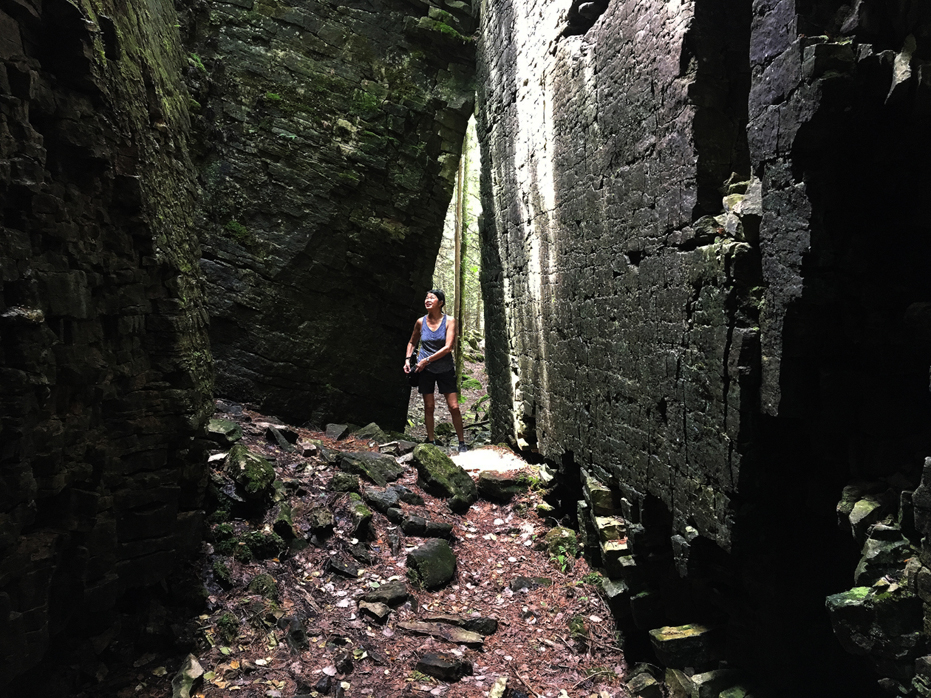

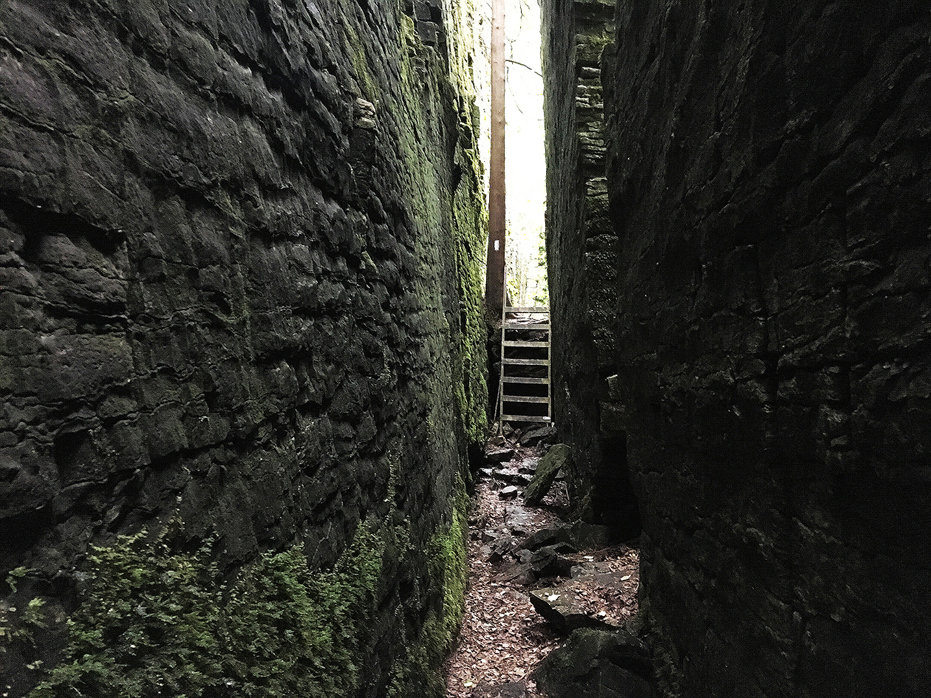

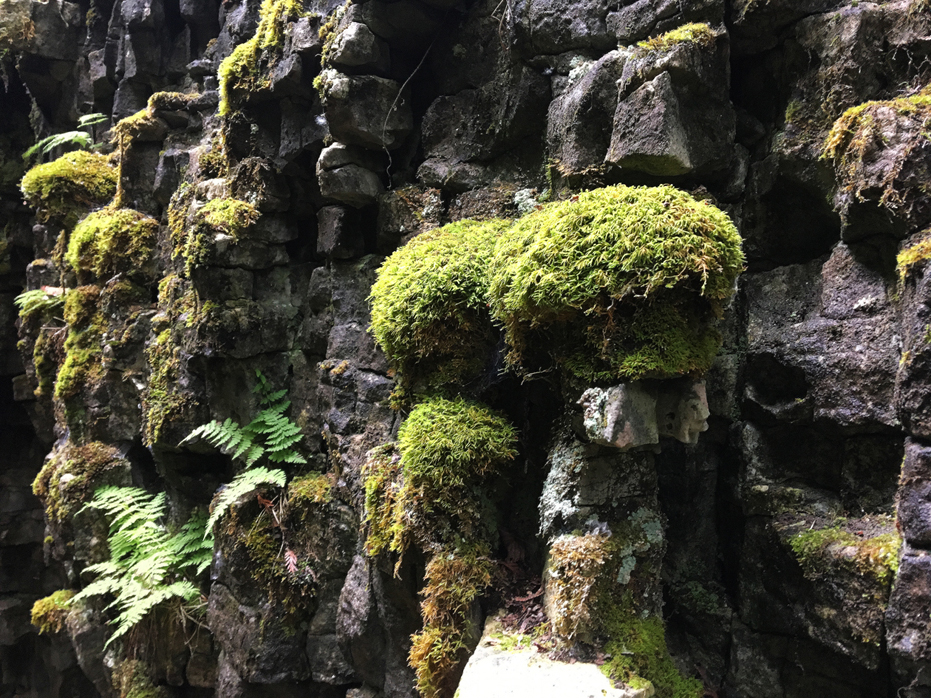






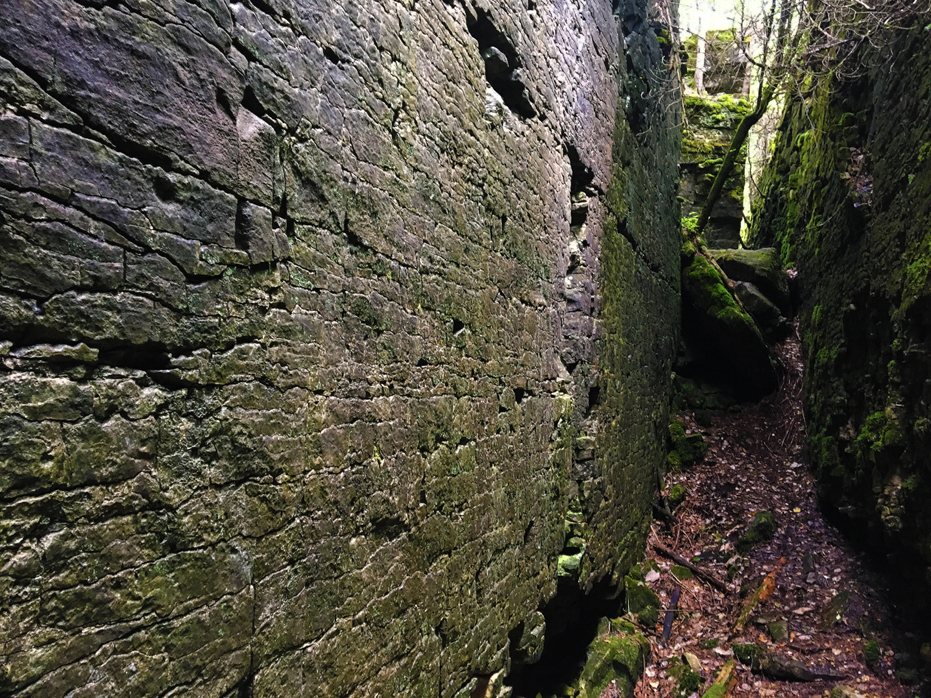
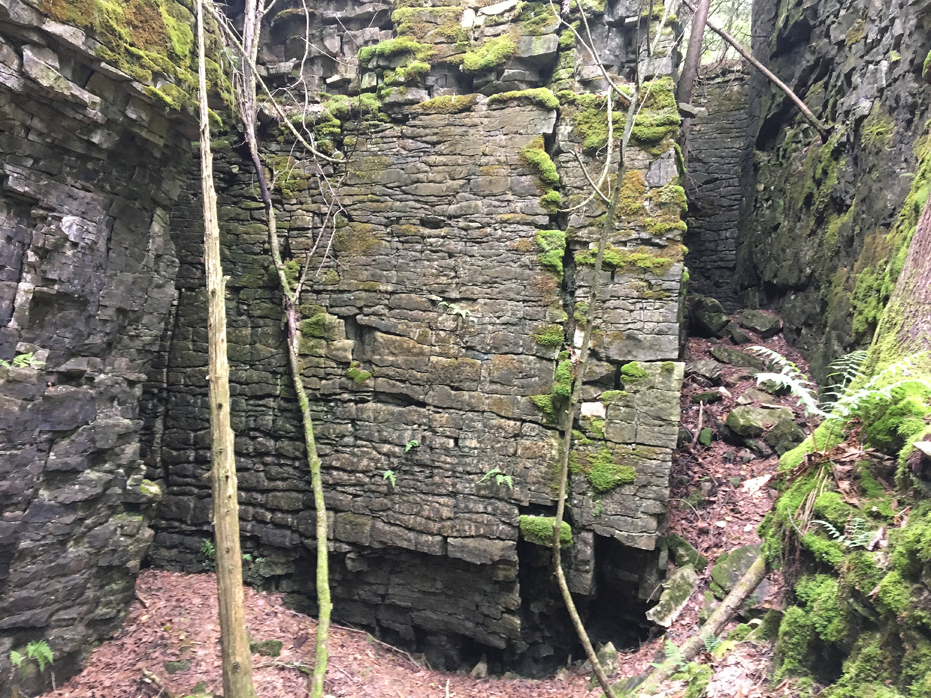
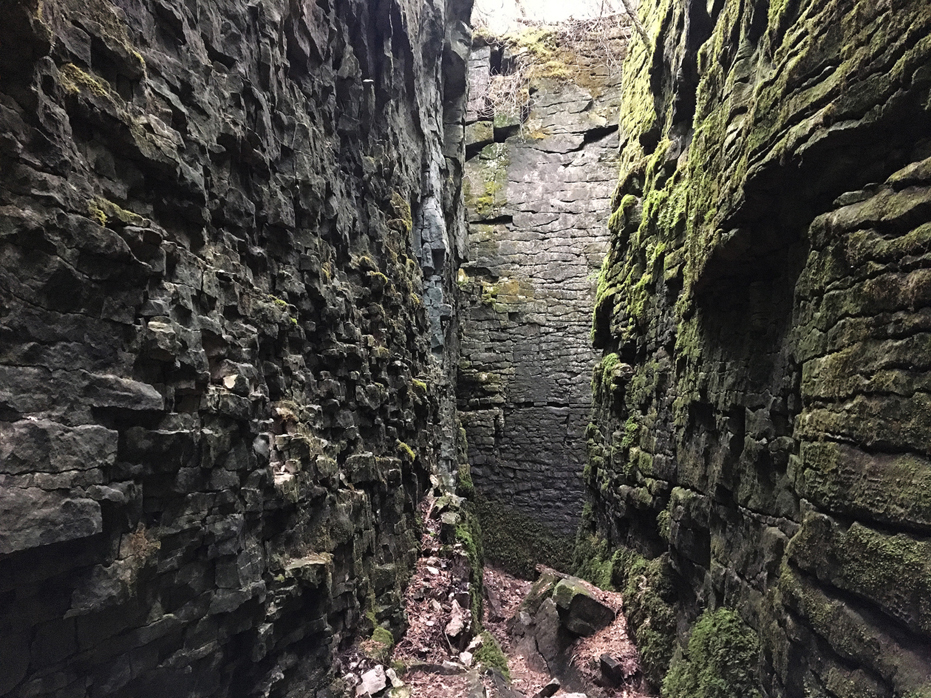


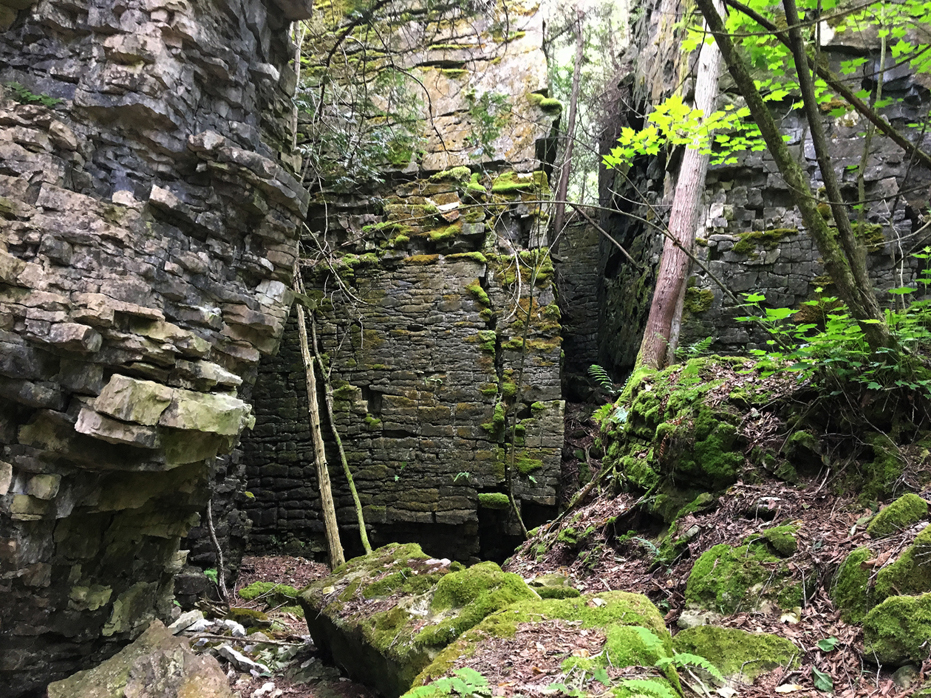
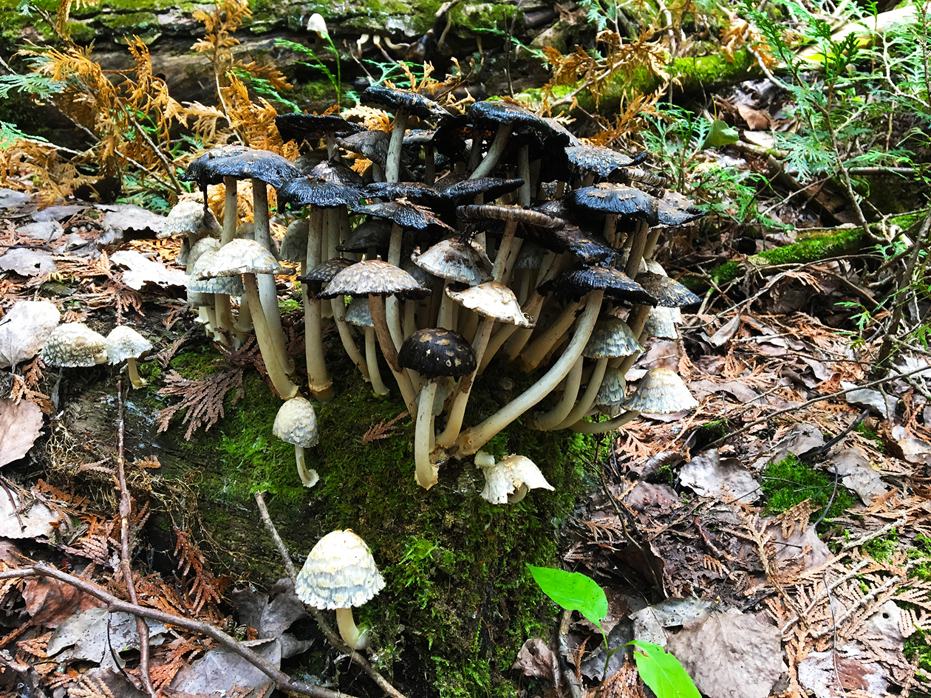
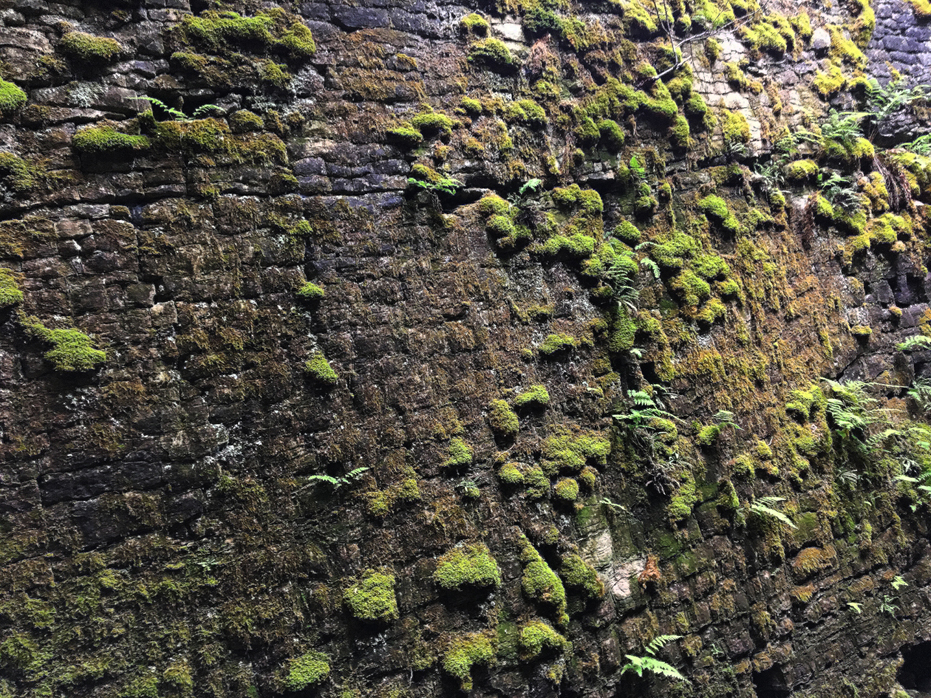

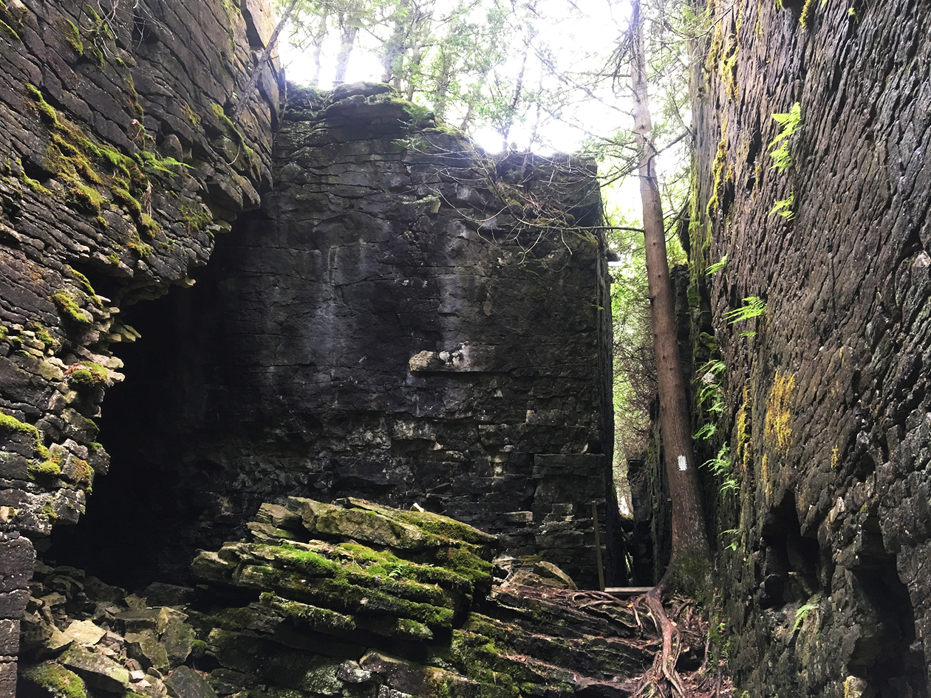
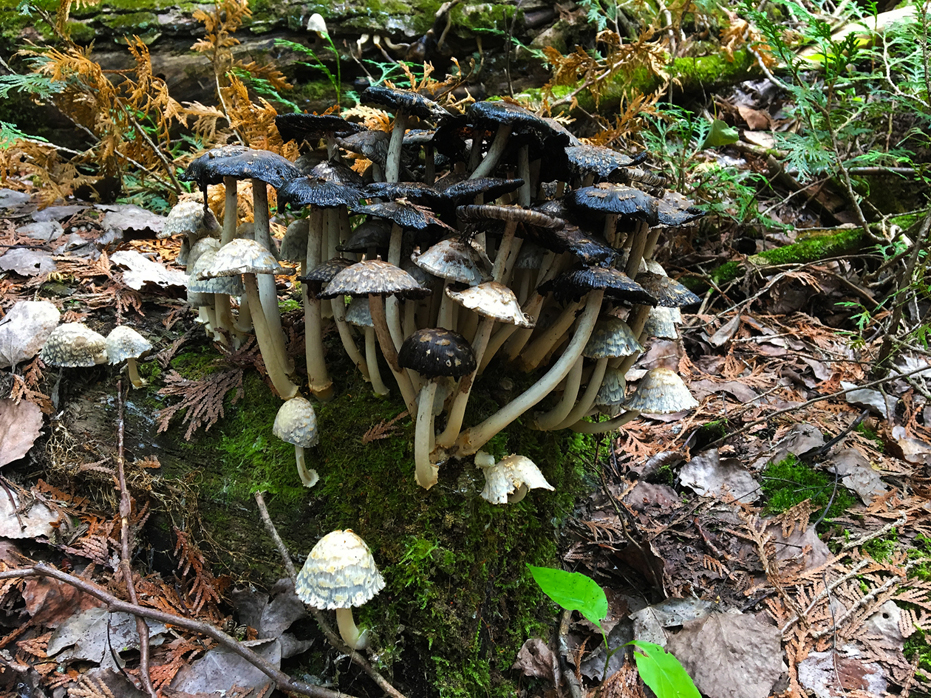




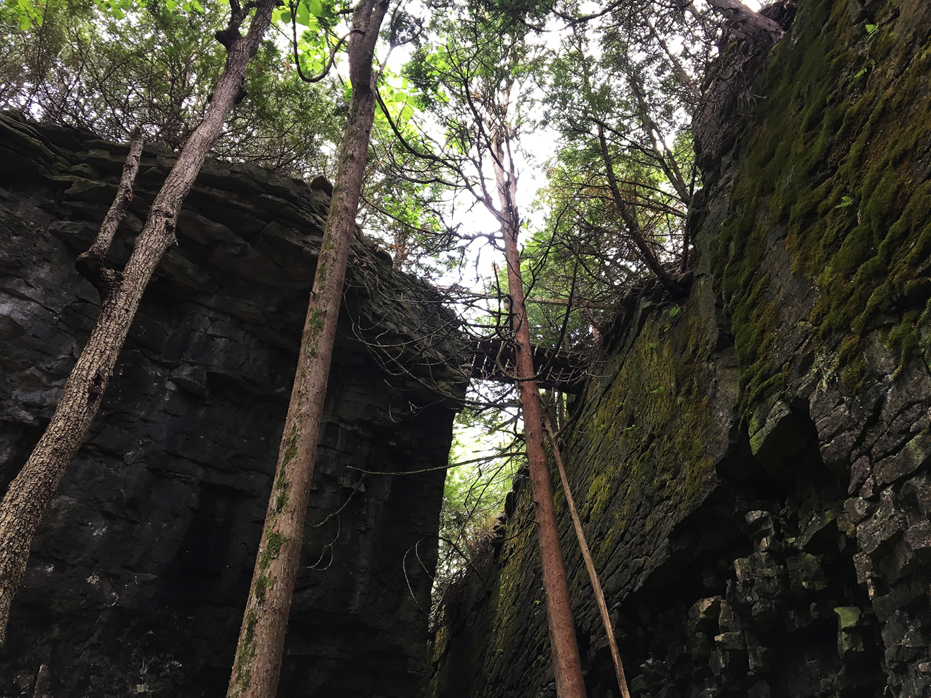


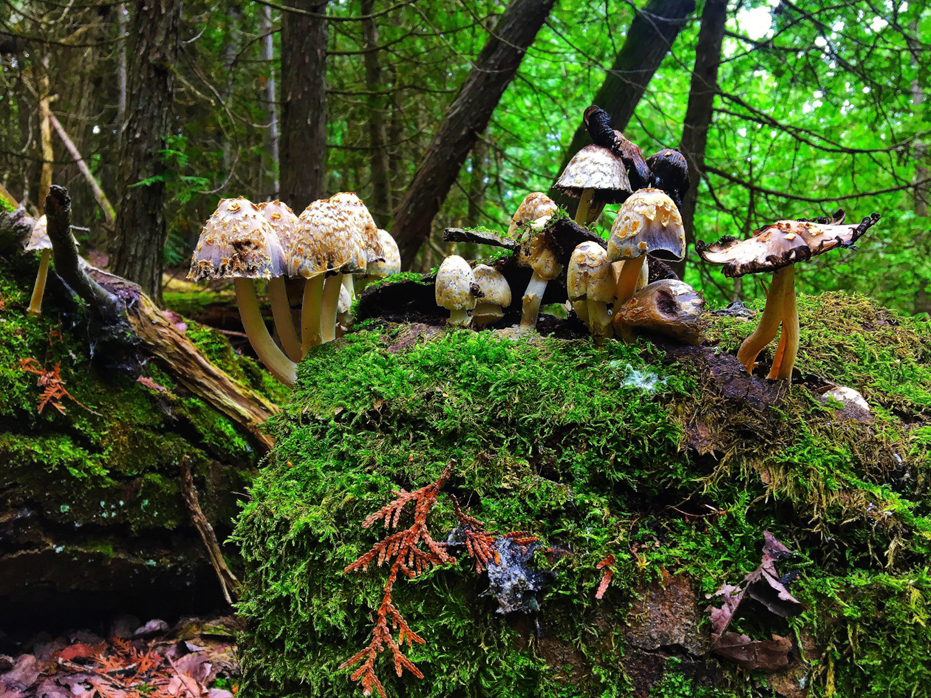






No Comments